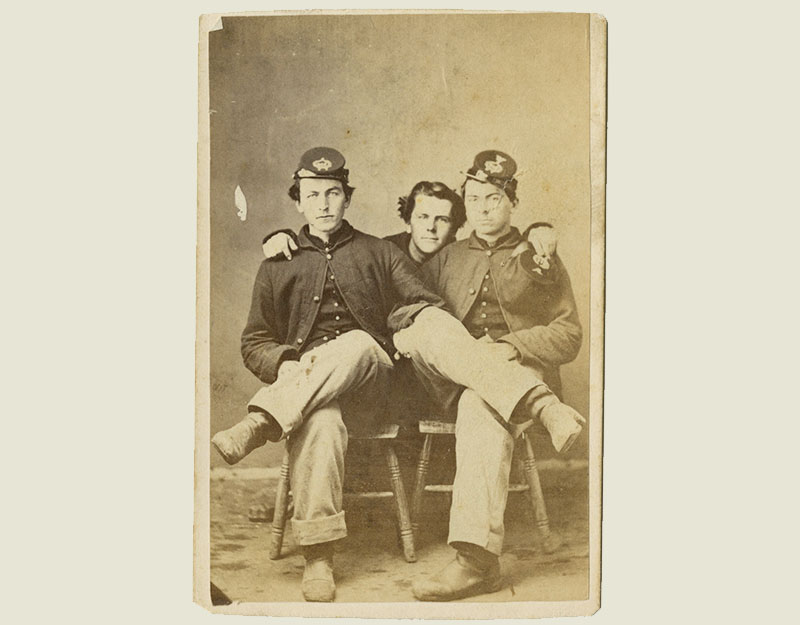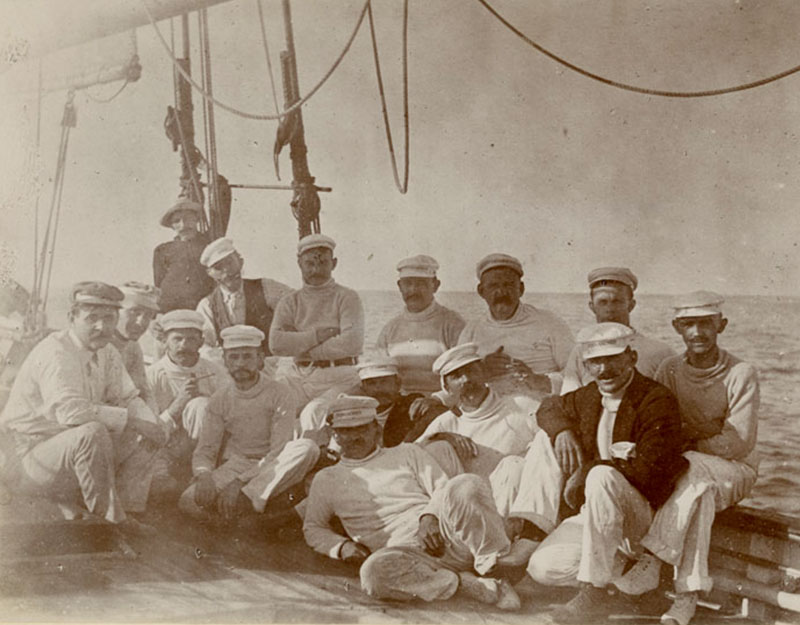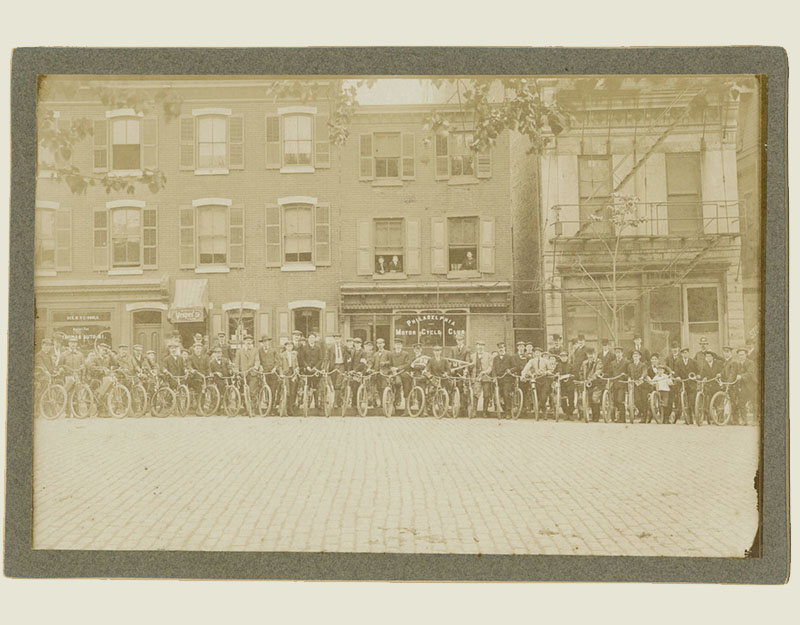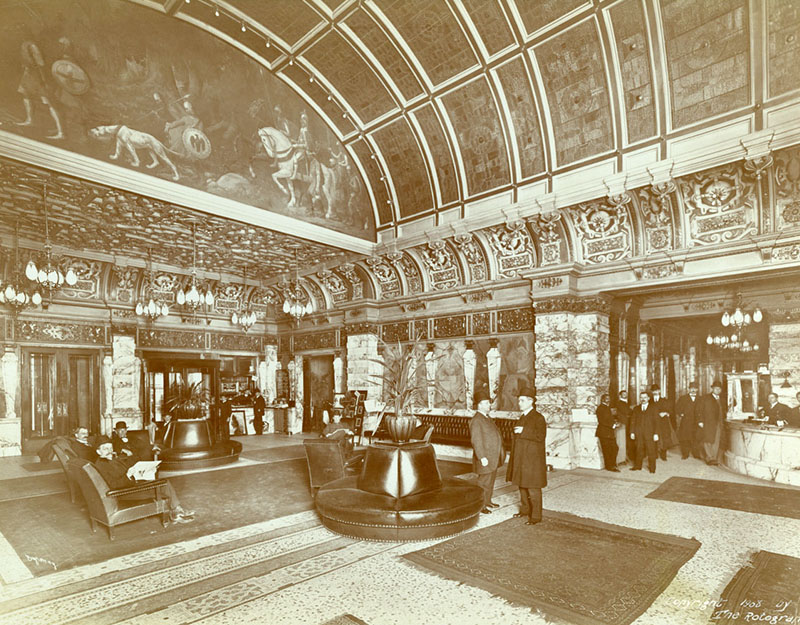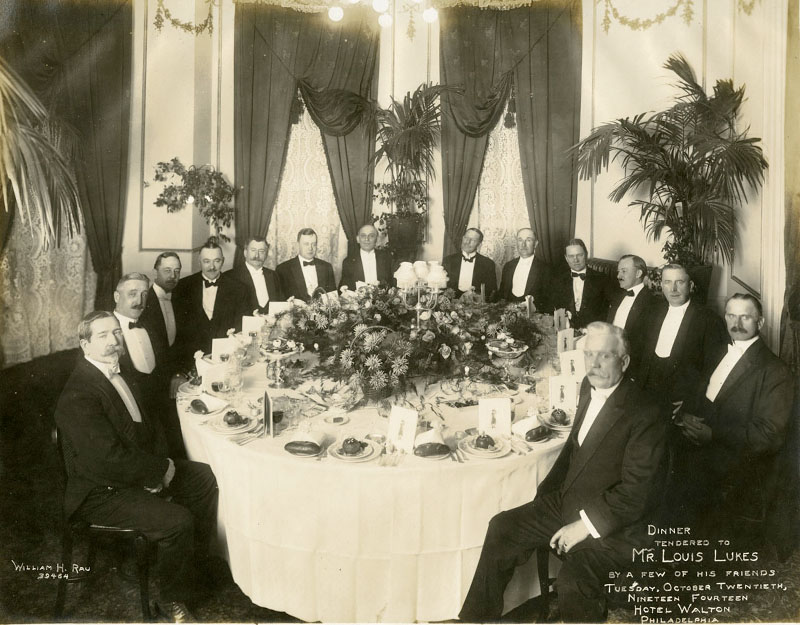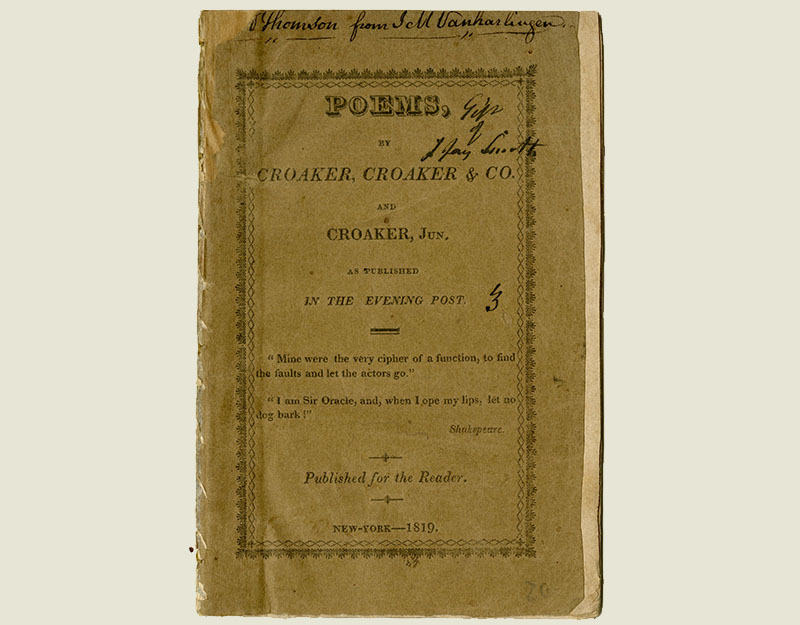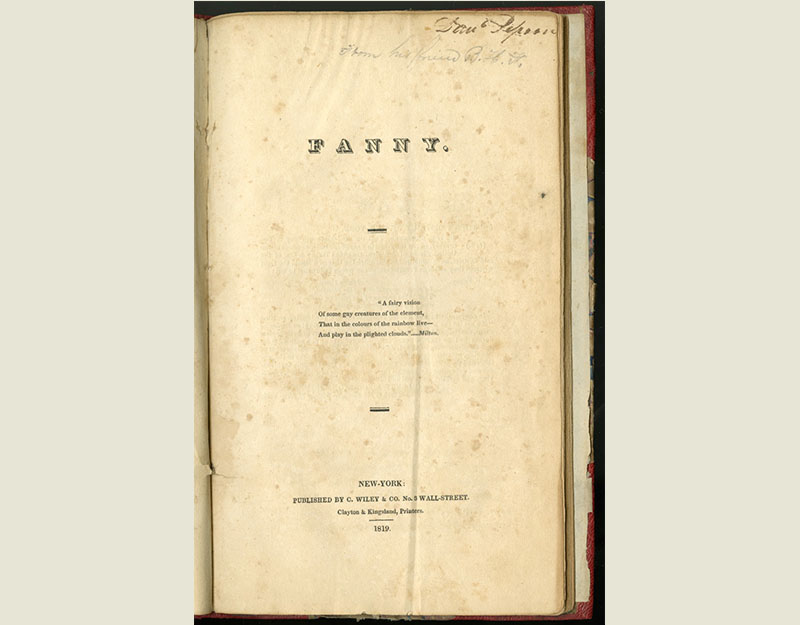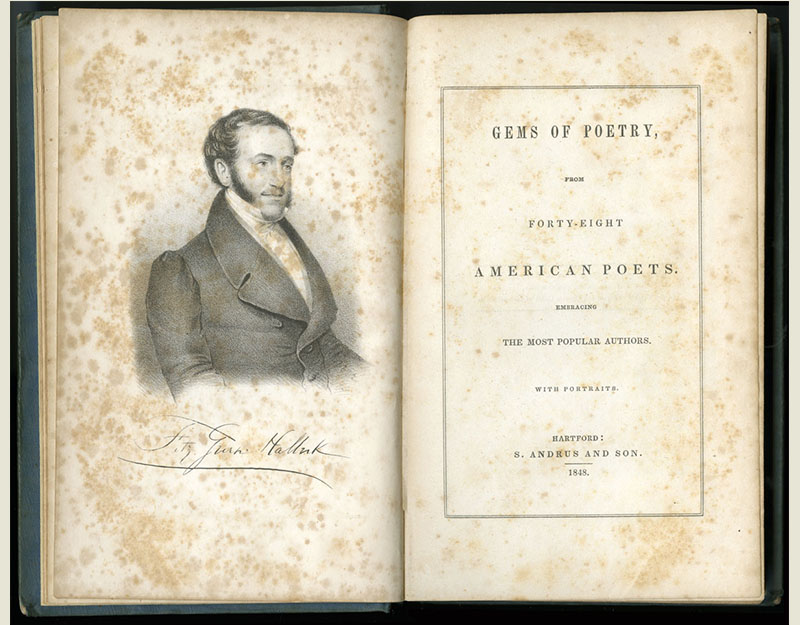Bayard Taylor. Joseph and His Friend. New York: G. P. Putnam & Sons; London: S. Low, Son & Marston, 1870.
After Halleck's death in 1867, the novelist Bayard Taylor (1825-1878) wrote this fictional account of the relationship between Halleck and Drake. It is addressed to those "who believe in the truth and tenderness of man's love for man," among other audiences. The elevation of same-sex affection as pure and noble was common, especially in early American literature. Halleck in particular did not deny his affection for men. The change in attitude toward overt celebration of relationships between men may have helped derail Halleck's prominence in American letters.
Taylor, a native of Kennett Square, Pennsylvania, may have had his own checkered past. His first wife died two months after the wedding. Soon thereafter, Taylor's travels took him to Egypt, where he lived on a boat on the Nile with a middle-aged German businessman. In his published account of the trip, A Journey to Central Africa (1854), Taylor describes their life together as "happy and care-free as two Adams in a Paradise without Eves." The two remained close, and Taylor married the man's niece in 1857.


